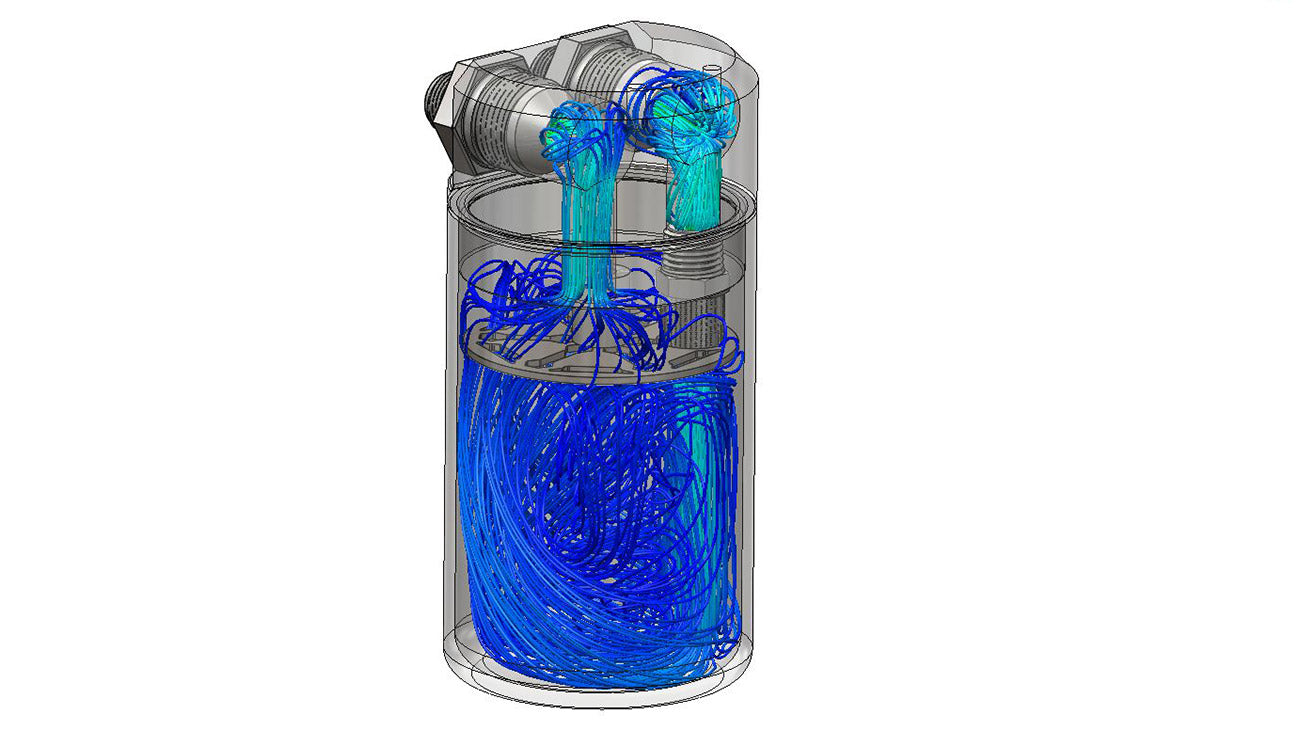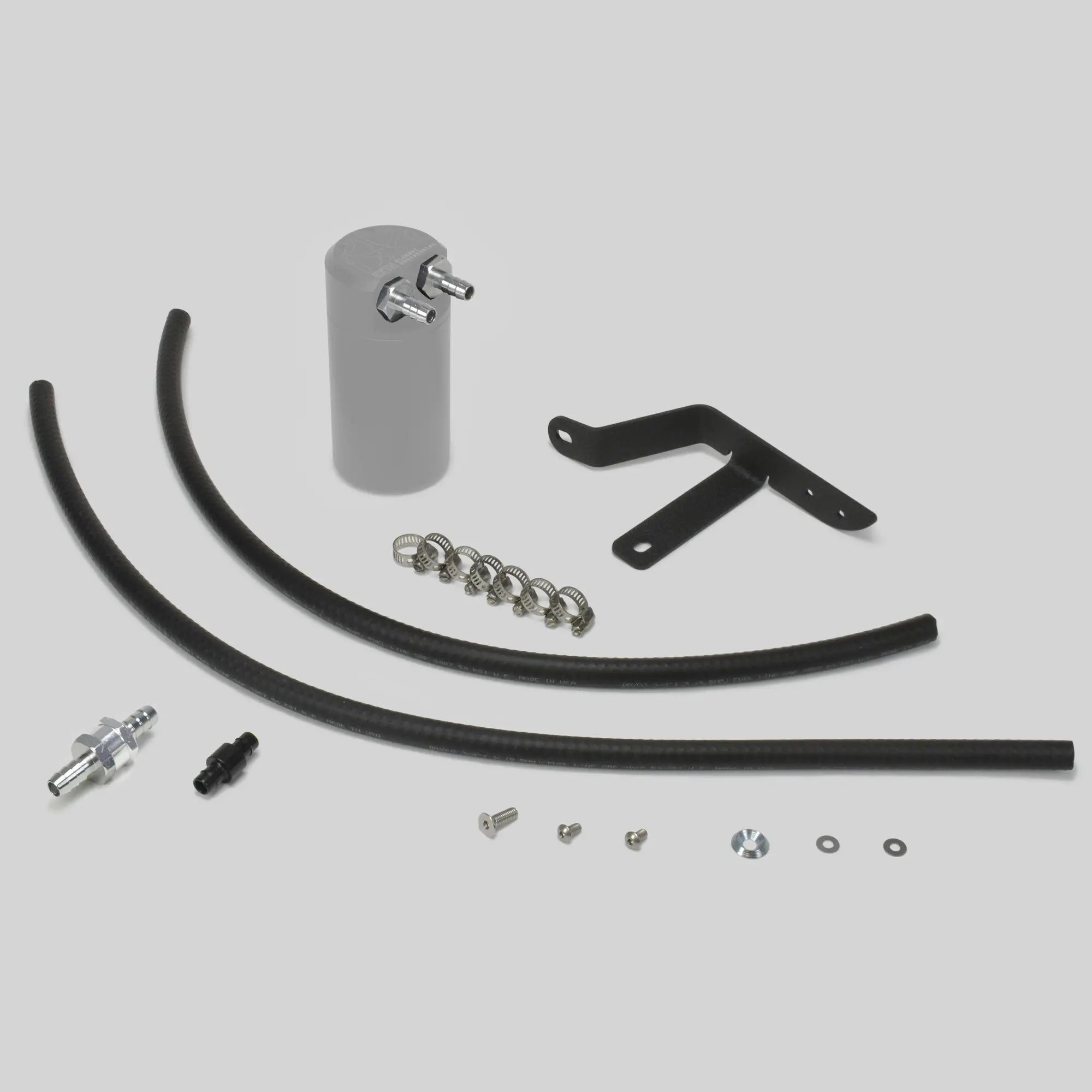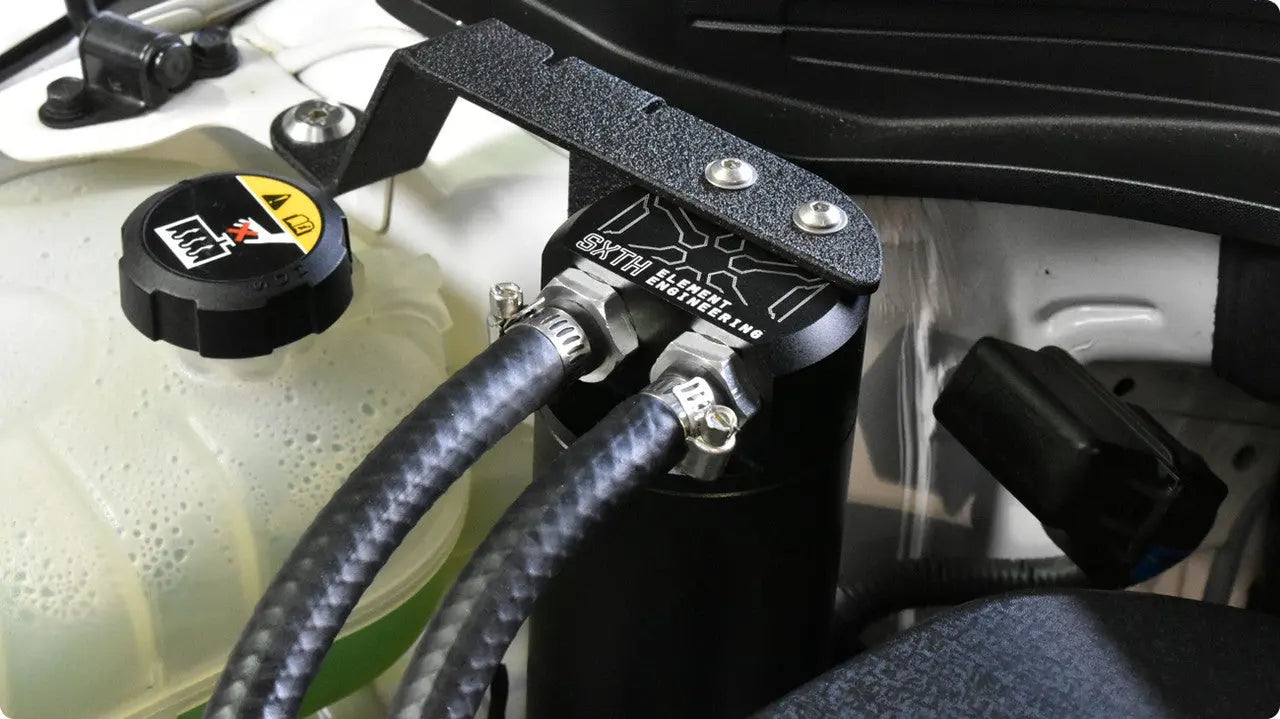Product Information
The SXTH Element Engineering Single Catch Can kit is the ultimate fix for keeping your intake tract clean and free of build up!
These engines have a PCV (Positive Crankcase Ventilation) system that relieves crankcase pressure inside your engine. Most modern engines take these excess gases and send them back through the engine to be burnt off. Unfortunately, these gases are a dirty/gunky mixture of gas, oil and crud. Our kit filters the PCV line of that system, keeping the vaporous mixture of crud out of your engine and trapping it in a can.
We've taken our time to carefully design every aspect of our new catch can. CNC machined from 6061 billet aluminum, we incorporated a 40 micron filter to help slow and filter the crankcase vapors. Our logo cut diffuser houses stainless steel filtering media for ultimate air/oil separation.

Our kits consist of top notch components and is complete for a bolt-on, no fuss installation. Our Catch Can does all the filtering, and is mounted to the vehicle by a custom tailored mounting bracket specific to each vehicle.

Using our CAD software and simulation tools, we have fine-tuned how crankcase vapors are processed by the can's filtration system. These tools help us validate designs before they are prototyped and made.

WARNING: This product can expose you to Carbon Black or Chromium which is known to the state of California to cause cancer or birth defects. For more information, go to www.p65warnings.ca.gov

